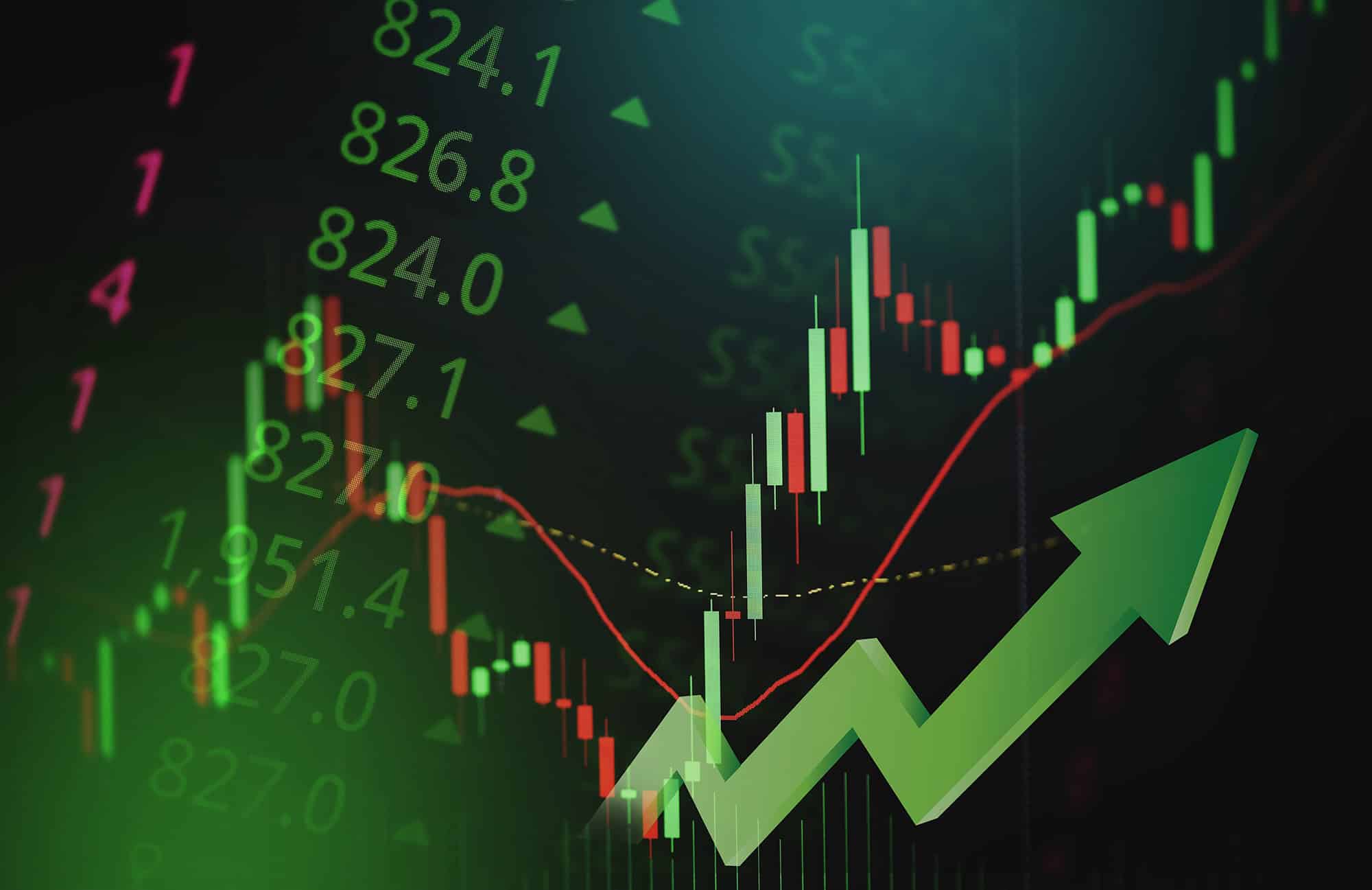Supply is rebounding as the upcoming US election creates opportunities and risks..
The US IPO market is picking up steam again as the 2024 presidential election approaches and investors and analysts look at the potential opportunities ahead. The past week marked the busiest IPO period since February, with four of the five companies successfully pricing their offerings and raising a total of $1.1 billion.
This revival follows a long period of stagnation, raising confidence that the market is turning the corner.
“In the past, after major corrections such as the dot-com bubble of 2000 and the 2008 financial crisis, it took several years for IPO volume to recover, even as the overall stock market recovered. We’re seeing similar patterns now: IPO activity is picking up, but it will likely take longer to fully recover,” said Jay Ritter, IPO expert and Joseph B. Cordell Distinguished Scholar at the University of Florida.
Among the most notable IPOs last week were Ceribell, a medtech company, and Upstream Bio, a biotech company, highlighting the medtech company’s dominance among IPOs. Ritter notes that life sciences has accounted for 30% of all IPOs since 2013, although many companies in the space are still in early stages and generating minimal profits.
“Life sciences companies are not household names, but they have maintained a strong presence,” Ritter said. “Even in a recovering market, the fundamentals of these companies are strong.”
Impact of elections on market sentiment
The IPO market is also anticipating the US presidential election in November. Election years are historically marked by volatility, but they represent potential gains as investors anticipate policy changes that could boost economic growth. These dynamics, coupled with the strong performance of the stock market, are causing many companies to consider IPOs to take advantage of the current momentum.
“With the S&P 500 and NASDAQ indices hitting all-time highs, many companies believe the time is right for an IPO,” Ritter said. “Private equity firms are looking to exit their investments, sensing these market dynamics.”
While the IPO market is showing some new promise, it remains selective and not all companies succeed. Camp4 Therapeutics, another biotech firm, had difficulty pricing its offering, reflecting a more cautious approach among investors.
“Today’s assessments are more grounded in reality,” Ritter said. “Investors are still willing to pay for growth, but they expect more established business models, especially in biotech where timelines are long and uncertain.”
“Time” is key for proposals
While market sentiment drives IPO progress more than economic data, Ritter said the market still needs to keep an eye on interest rates and inflation. Ritter, however, believes these macro factors are taking a backseat to improving market sentiment, especially as recession fears subside, and could create a stronger tailwind for IPO activity.
“There is a window of opportunity for companies considering an IPO,” Ritter said. “But time will be of the essence as they try to capitalize on renewed market momentum while navigating potential volatility.”
International companies, especially from Europe, could also help support IPO activity in the US, making the US a permanent capital-raising hub despite ongoing geopolitical tensions.
Although the US IPO market is showing signs of recovery, companies should remain cautious as the market remains selective and the uncertainty caused by the election is likely to linger for some time after Election Day on November 5 before the presidency takes over. Now I have confirmed that you are not using phantom sources in your copy.
